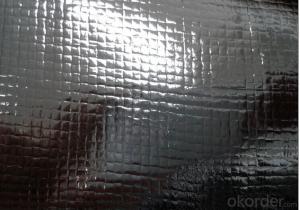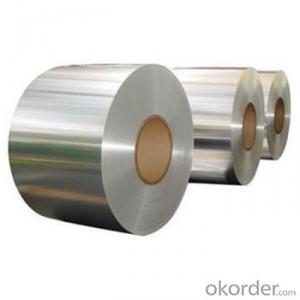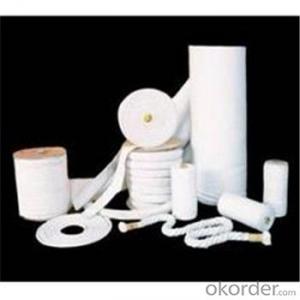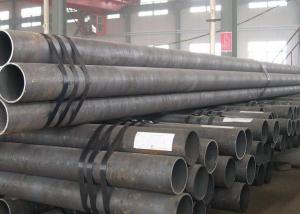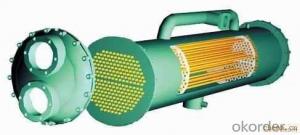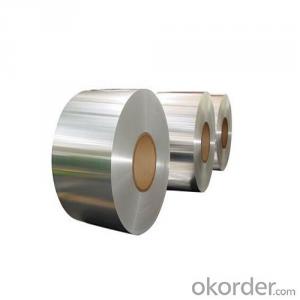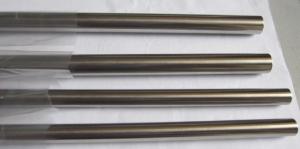Stainless Steel Heat Exchanger
Stainless Steel Heat Exchanger Related Searches
Best Paint For Stainless Steel Paint For Galvanized Steel Steel Frames For Furniture Self Tapping Screws For Steel Surface Grinding Wheels For Hardened Steel Hole Saw For Stainless Steel Paint For Stainless Steel Stainless Steel For Bbq Step Bit For Stainless Steel Sponge For Stainless SteelHot Searches
Steel Mesh Panels For Sale Price For Stainless Steel Scrap Scrap Price For Stainless Steel Price For Stainless Steel Stainless Steel Tank For Sale Stainless Steel Sheets For Sale Cheap High Tea Sets For Sale Stainless Steel Tanks For Sale Stainless Steel For Sale High Density Fiberboard For Sale Solar Hot Water Collectors For Sale Scaffolding For Sale In Uae Scaffolding For Sale In Ireland Scaffolding For Sale In Houston Type Of Inverter For Solar Price Of Shipping Containers For Sale Types Of Inverter For Solar Stock Price For Aluminum Used Solar Inverter For Sale Cheap High Tea Sets For SaleStainless Steel Heat Exchanger Supplier & Manufacturer from China
Okorder.com is a professional Stainless Steel Heat Exchanger supplier & manufacturer, offers integrated one-stop services including real-time quoting and online cargo tracking. We are funded by CNBM Group, a Fortune 500 enterprise and the largest Stainless Steel Heat Exchanger firm in China.Hot Products
FAQ
- There are several different grades of stainless steel pipes, including 304, 316, 321, and 410. Each grade has its own unique properties and is used for specific applications based on factors such as corrosion resistance, strength, and temperature resistance.
- The main difference between seamless and high-frequency welded stainless steel pipes lies in their manufacturing process. Seamless pipes are made by piercing a solid cylindrical billet of stainless steel and then rolling it into a pipe shape. This process ensures a smooth and continuous surface, resulting in a pipe with no welded seams. On the other hand, high-frequency welded pipes are created by using a high-frequency electrical current to melt the edges of stainless steel strips and then welding them together. The welded seams in high-frequency welded pipes may be visible and can affect the overall smoothness of the pipe's surface.
- The maximum pressure rating for stainless steel pipes can vary depending on several factors such as the grade of stainless steel, the diameter and wall thickness of the pipe, and the specific application or industry requirements. However, stainless steel pipes are known for their high strength and corrosion resistance, making them suitable for high-pressure applications. In general, stainless steel pipes can have maximum pressure ratings ranging from a few hundred psi (pounds per square inch) to several thousand psi. It is crucial to consult the appropriate industry standards, codes, and specifications or consult with a qualified engineer or manufacturer to determine the specific maximum pressure rating for a particular stainless steel pipe in a given application.
- Yes, stainless steel pipes can be used for underground gas lines. Stainless steel is highly resistant to corrosion and can withstand extreme temperatures, making it a suitable material for underground gas distribution systems. Additionally, stainless steel pipes have a long lifespan and require minimal maintenance, making them a reliable choice for underground gas line installations.
- Stainless steel pipes are indeed applicable for hydrogen fuel cell systems. Renowned for its exceptional resistance to corrosion, stainless steel proves itself suitable for the manipulation of hydrogen gas. The transportation and storage of hydrogen gas are integral to hydrogen fuel cell systems, and stainless steel pipes serve as a dependable and long-lasting solution for this purpose. Moreover, stainless steel pipes exhibit the capacity to endure high pressure, thereby rendering them an ideal choice for the safe conveyance of hydrogen gas. In conclusion, owing to their corrosion resistance, robustness, and ability to operate in high-pressure surroundings, stainless steel pipes are widely utilized in hydrogen fuel cell systems.
- What's the difference between stainless steel 302 and 304?
- [difference] 302 stainless steel and 304 stainless steel 304 stainless steel is one of the most widely used kind of chromium - nickel stainless steel, as a widely used steel, corrosion resistance, good heat resistance, low temperature strength and mechanical properties; punching, bending and other thermal processing, non hardening heat treatment (using temperature -196 to 800 DEG C). 302 stainless steel the carbon is relatively high (302 C = 0.15%; 304 C is less than or equal to 0.08%) and better strength. The other indicators are basically the same as those of 304.
- Yes, stainless steel pipes can be used for HVAC systems. Stainless steel is a durable and corrosion-resistant material that is suitable for various applications, including HVAC systems. It offers excellent strength and reliability, making it an ideal choice for transporting fluids and gases in HVAC systems. Additionally, stainless steel pipes can withstand high temperatures and maintain their integrity, ensuring efficient and long-lasting performance in HVAC installations.
- Indeed, water desalination plants find stainless steel pipes to be a suitable choice. This is because stainless steel possesses exceptional qualities such as resistance to corrosion, durability, and hygienic properties. These pipes display remarkable resistance against rust, corrosion, and scaling, guaranteeing a lengthy lifespan and minimal maintenance requirements. Furthermore, stainless steel pipes do not release any harmful substances into the water, ensuring their safety for use in desalination plants. Their robustness and ability to withstand high pressure also make them well-suited for handling the elevated pressure environments frequently encountered in water desalination processes. On the whole, stainless steel pipes offer a dependable and effective means of water transportation in desalination plants, thereby contributing to the generation of clean and safe drinking water.

